10 Reasons Why Your Standby Generator Won’t Start
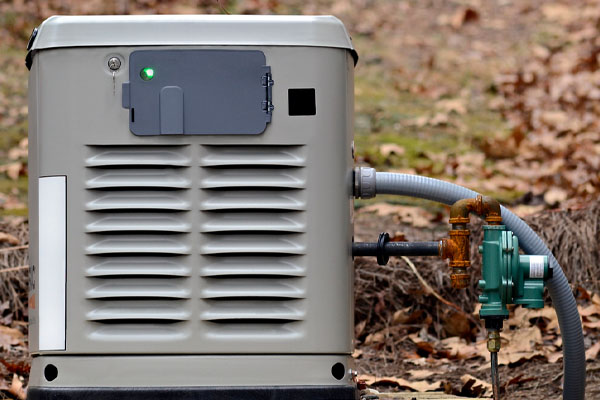
Standby generators provide a reliable backup power source during outages. However, like all machinery, they will experience a problem from time to time. One common issue is when they fail to start properly. This article highlights ten common reasons why a standby generator won’t start, including the potential culprits behind generator startup failures. These issues range from fuel-related issues and battery problems to faulty components and maintenance neglect.
10 Reasons Why Your Generator Won’t Start
Contents
Here are the top ten reasons why your standby generator won’t start:
1. Fuel Problems
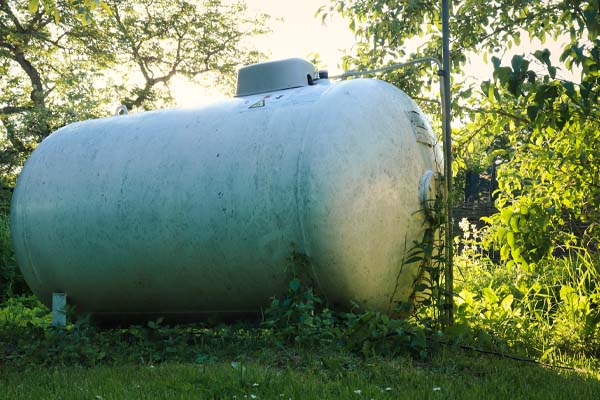
Fuel is key in the operation of generators as it is the energy source that powers the generator engine. It enables the generation of electricity. Some common fuel-related issues and impacts on standby generator operation include:
- Low Fuel: Insufficient fuel can lead to a generator not starting or shutting down prematurely during operation. Maintain an adequate fuel level in the generator tank for an uninterrupted power supply. Regular monitoring and refueling are necessary, especially during extended power outages.
- Poor Fuel Quality: The quality of the fuel used in a generator can significantly impact its performance. Contaminated or low-quality fuel can lead to various issues in the generator’s engine. It may result in clogged fuel filters, carburetor problems, and engine damage. Always use clean, high-quality fuel suitable for the specific generator model. Follow the manufacturer’s recommendations regarding fuel type and additives.
- Generator Leaks: Fuel system leaks can occur due to damaged fuel lines, faulty connections, or degraded seals. These leaks not only waste fuel but also pose safety hazards. Fuel leaks can lead to fires or explosions if exposed to an ignition source. Regular fuel system inspection is crucial to detect and address any leaks promptly. Replace damaged fuel lines, tighten connections, and replace faulty seals to prevent leaks and continue safe generator operation.
2. Battery Failure
A generator battery converts chemical energy into electrical energy through an electrochemical process. The battery acts as a standalone power source, providing the initial energy needed for the generator to operate.
However, batter failure can happen. This can be attributed to common causes, such as:
- Age
- Poor Maintenance
- Extreme Temperatures
Related Article: Common Whole House Generator Problems
3. Control Panel Issues
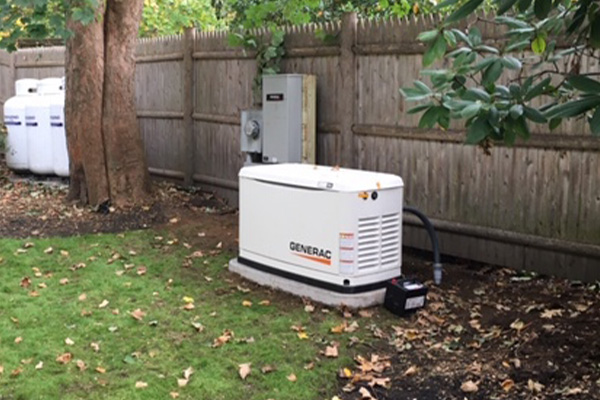
The generator’s control panel provides a centralized interface for monitoring and controlling various functions. It allows you to start and stop the generator, monitor voltage, frequency, and other electrical parameters, and manage system settings. The control panel also provides essential safety features such as circuit breakers and warning indicators. It acts as a control hub that enables users to effectively manage and operate the generator to meet their power needs.
Potential issues with control panel settings and operation may include:
- Incorrect configuration
- Misinterpretation of readings
- Improper adjustment of controls
4. Blocked Fuel Lines
Fuel lines deliver fuel from the tank to the engine. These lines allow a steady and consistent flow of fuel, providing the necessary energy for combustion in the engine. Properly functioning fuel lines help maintain the generator’s performance and uninterrupted power supply.
Blockages in fuel lines can occur due to various factors, including sediment, debris, or the accumulation of contaminants over time. Blockages restrict the flow of fuel, leading to inadequate fuel supply to the engine. As a result, the generator may experience reduced performance, engine misfires, power fluctuations, or even complete engine failure.
Related Article: Signs it’s Time to Replace Your Standby Generator
5. Faulty Spark Plugs
Spark plugs ignite the fuel-air mixture within the engine cylinders. They generate an electric spark that initiates combustion. The combustion process drives the engine to produce mechanical power and generate electricity.
Common spark plug issues include fouling, wear, and improper gap. Fouling occurs when deposits accumulate on the spark plug, which hinders its ability to generate a strong spark. Wear and corrosion can result in weakened spark production. An improper gap between the spark plug electrodes can lead to misfires or failure to ignite.
6. Air Filter Issues
Air filters prevent dirt, debris, and contaminants from entering the combustion chamber. They ensure clean air intake, protecting the engine from damage and maintaining efficiency.
Common air filter problems that can hinder the generator from starting include:
- Clogging: This occurs when the filter becomes blocked by dirt or debris, restricting airflow to the engine.
- Dirt accumulation: Excessive dirt accumulation reduces the filter’s effectiveness in removing contaminants from the air.
- Damage: Damaged filters with holes or tears can allow unfiltered air into the engine.
These issues result in insufficient air supply that affects combustion. They make starting the generator challenging.
Related Article: Preventative Maintenance Tips To Keep Your Standby Generator In Excellent Condition
7. Coolant Levels
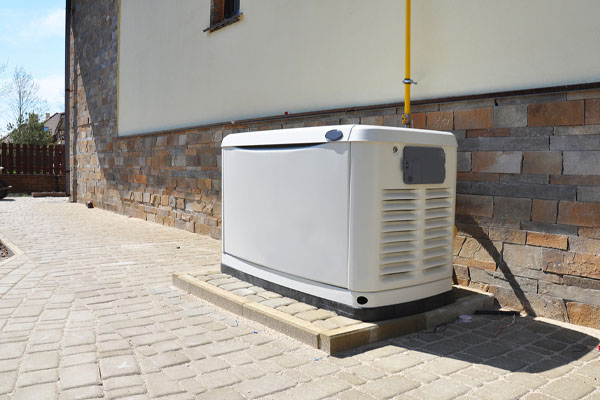
Coolant helps regulate the engine’s temperature. It absorbs heat generated during combustion, preventing the engine from overheating. Proper coolant circulation ensures optimal engine performance, protects engine components from damage, and prolongs the generator’s lifespan.
Low or high coolant levels can lead to problems in generator operation. Insufficient coolant can result in overheating of the engine, which can cause damage to its components. It can lead to reduced performance, increased wear and tear, and engine failure. Excessively high coolant levels can lead to pressure build-up and potential coolant leaks.
Related Article: What Is A Standby Generator?
8. Outdated Software
The software plays a pivotal role in modern generators by controlling and managing various aspects of their operation. It provides functionalities like:
- monitoring system parameters
- regulating power output
- managing load distribution
- Implementing safety protocols
The software also enables remote monitoring, diagnostics, and data analysis, enhancing efficiency, reliability, and ease of operation.
Outdated software can cause start failures due to compatibility issues, glitches, or inadequate functionality. It may fail to communicate with engine components properly or lack necessary updates for optimized performance.
9. Starter Motor Failure
The starter motor initiates the engine’s combustion process. It uses electric power from the battery to engage the flywheel and rotate it at high speed. The rotation creates the necessary momentum for the engine to start running, leading to the generator’s generation of electrical power.
Signs of motor failure include:
- Clicking sounds when starting
- Grinding noise
- No response when the ignition is turned
Causes of starter motor failure can include worn-out brushes, solenoid issues, electrical problems, or mechanical failures. Wear and tear, improper maintenance, and electrical system problems can also contribute to it.
Related Article: How Does A Generator Work?
10. Poor Maintenance
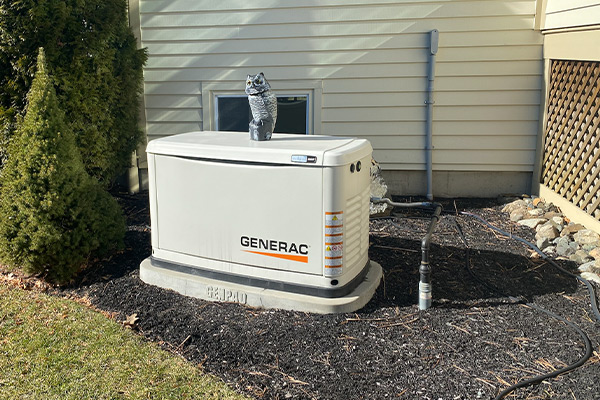
Regular maintenance is crucial for ensuring reliable and efficient operation. It helps identify and address potential issues before they escalate, reduces the risk of breakdowns during critical times, extends the life of the generator, improves fuel efficiency, and ensures the safety of both the generator and its user.
Neglecting maintenance can lead to generator start failure because it allows potential issues to accumulate and worsen over time. Neglected components like spark plugs, fuel filters, or batteries can deteriorate. These cause inefficient combustion or inadequate power supply.
Related Article: How To Size A Standby Generator?
Tips for Troubleshooting and Preventing Generator Failures

Identifying issues early can prevent potential failures. To troubleshoot and avoid generator failures, follow these tips:
- Conduct regular maintenance tasks such as inspecting fuel and air filters, checking fluid levels, and testing the battery. Clean or replace components as needed.
- Maintain proper ventilation and keep the generator in a dry location.
- Avoid overloading the generator and practice balanced load distribution.
- Schedule professional servicing and adhere to manufacturer guidelines for maintenance intervals and procedures.
Related Article: How Much Does It Cost to Install A New Generac Standby Generator?
Conclusion
As mentioned above, there are several reasons why a standby generator may fail to start. Regular maintenance and proper operation are vital for reliable generator function. By adhering to a maintenance schedule, conducting routine inspections, and addressing issues promptly, you can prevent many of these problems. Your generator will be ready to provide power when needed. Remember, a well-maintained generator is a reliable source of backup power, offering peace of mind during outages or emergencies.
Related Article: How To Pick A Residential Generac Generator For Your Home
Call Townsend Energy For All Of Your Standby Generator Requirements

Townsend Energy is a leading provider of generator installation services throughout New England. Not only do we offer backup generator installation but also maintenance, replacement, and repair services. We only employ top-quality service contractors who are well-trained in the most modern methods of HVAC and generator techniques. Therefore, call or contact Townsend Energy online today for more information on a whole-house generator installation today. We offer free, in-home estimates. Click the link to view our service area.
Contact us today to have all of your generator questions answered by experts in the industry.
Contact us now at (800) 722-4101 to find out more! Click the link to view our service area.
